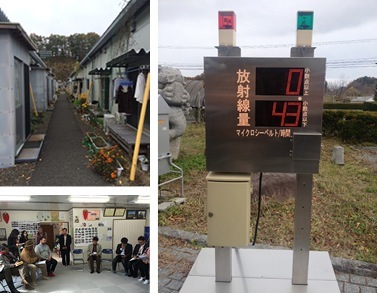
Transgenerational Emergency Recovery: A 100 Year Action Plan. Fukushima, Japan. 2014 – Present. Image Credit: Sean Donahue
Inclusive design. People-centered design. Design for all. Universal design. Each of these practices is an attempt to articulate a design approach that puts the individual at the center of the design agenda. For me this approach takes shape a bit differently in that it also forcibly puts at its center multiple points-of-view, orientations and abilities. This practice has led me to produce some pretty unusual outcomes for a designer—graphic design for people who do not see, communication spaces for people who do not speak and technology for people who have no power. And although these projects were designed to support issues significant to others, they simultaneously afforded me a unique opportunity to question the convenient assumptions we so often default to when considering what people need.
